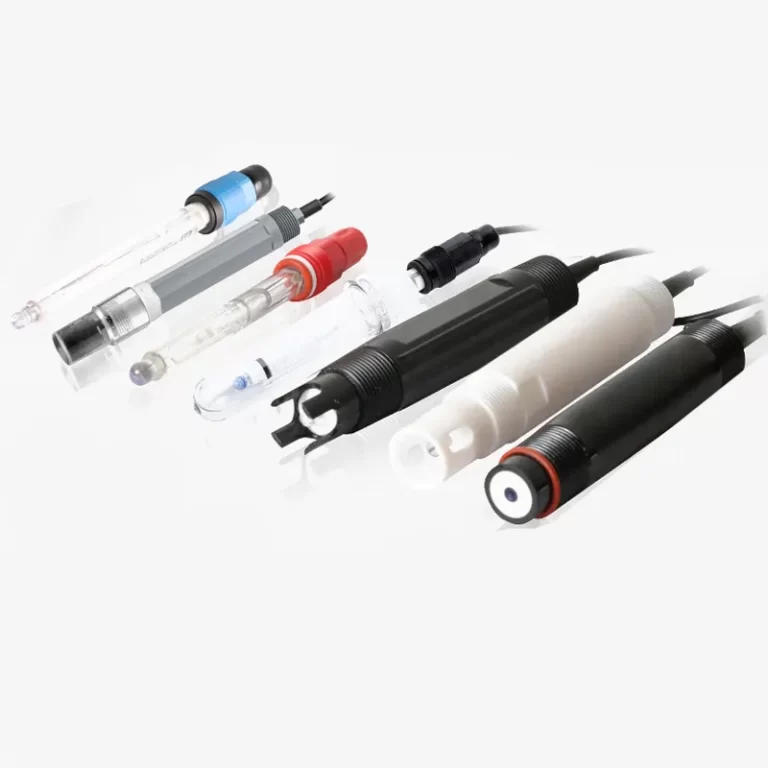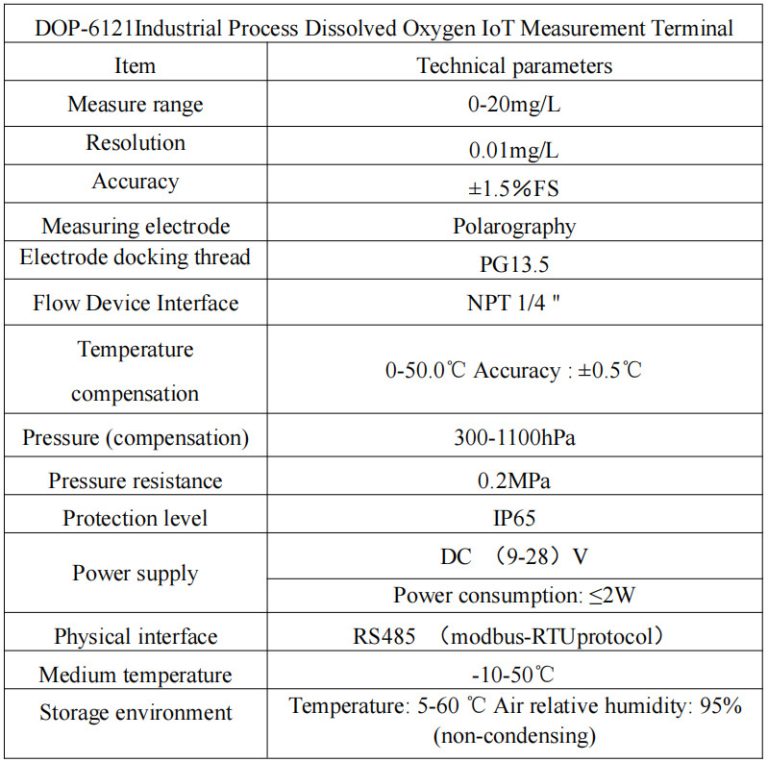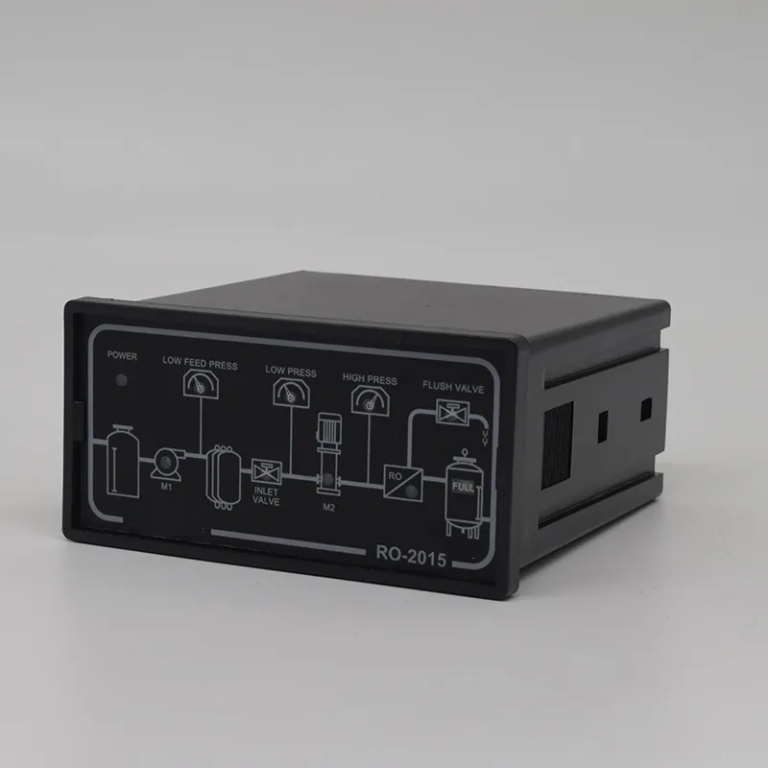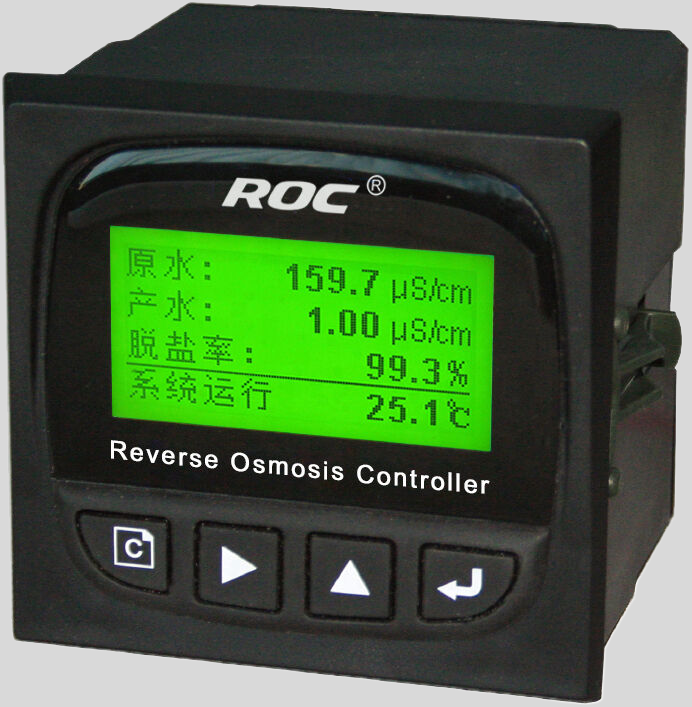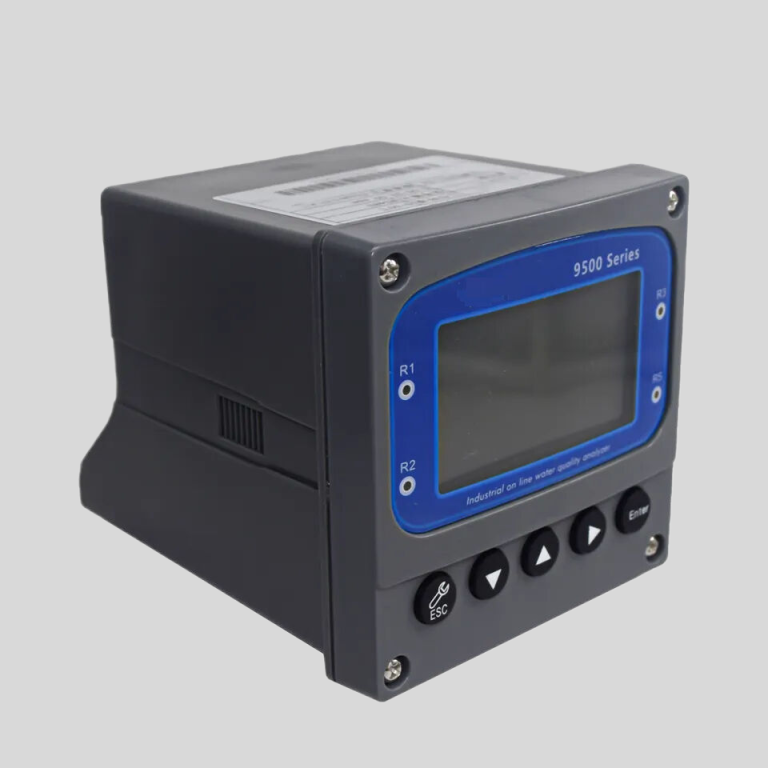Table of Contents
Importance of Monitoring Bacteria Levels in Drinking Water
Water quality is a critical aspect of public health, as access to clean and safe drinking water is essential for maintaining overall well-being. One of the key parameters used to assess water quality is the level of bacteria present in the water. Bacteria can pose a significant health risk if present in high concentrations, leading to a range of illnesses and infections. To ensure the safety of drinking water, regulatory agencies have established standards for acceptable levels of bacteria in water sources.
The most commonly used standard for monitoring bacteria levels in drinking water is the Total Coliform Rule. This rule, established by the Environmental Protection Agency (EPA), requires public water systems to regularly test for the presence of coliform bacteria in their water supply. Coliform bacteria are a group of bacteria that are commonly found in the environment and are used as indicators of potential contamination. If coliform bacteria are present in water samples, it may indicate the presence of other harmful pathogens that could pose a health risk to consumers.
In addition to the Total Coliform Rule, the EPA also sets standards for specific types of bacteria, such as E. coli. E. coli is a type of coliform bacteria that is commonly found in the intestines of warm-blooded animals, including humans. The presence of E. coli in drinking water is a strong indicator of fecal contamination and can lead to serious gastrointestinal illnesses if consumed. The EPA has established a maximum contaminant level (MCL) for E. coli in drinking water to protect public health.
Monitoring bacteria levels in drinking water is essential for ensuring the safety of water supplies and protecting public health. Regular testing allows water utilities to identify potential sources of contamination and take corrective actions to prevent the spread of harmful bacteria. In addition to regulatory requirements, monitoring bacteria levels can also help to identify trends in water quality over time and assess the effectiveness of treatment processes.
In some cases, water treatment facilities may need to implement additional measures to control bacteria levels in drinking water. This can include disinfection processes such as chlorination or ultraviolet (UV) treatment, which are effective at killing bacteria and other pathogens. Proper maintenance of treatment equipment and regular monitoring of disinfection levels are essential for ensuring the effectiveness of these processes.
In conclusion, monitoring bacteria levels in drinking water is a critical aspect of ensuring the safety and quality of water supplies. Regulatory standards such as the Total Coliform Rule and MCLs for specific bacteria help to protect public health and prevent waterborne illnesses. By implementing effective monitoring and treatment measures, water utilities can provide consumers with clean and safe drinking water that meets established quality standards. It is essential for water utilities to prioritize the monitoring of bacteria levels in drinking water to protect public health and ensure the delivery of safe and reliable water supplies.
How to Ensure Safe Bacteria Levels in Recreational Water Sources
Water quality is a crucial aspect of ensuring the safety of recreational water sources. One of the key parameters that is closely monitored is the level of bacteria present in the water. Bacteria can pose a significant health risk to individuals who come into contact with contaminated water, leading to a range of illnesses and infections. To address this issue, water quality standards have been established to regulate bacteria levels in recreational water sources.

The primary water quality standard that pertains to bacteria levels in recreational water sources is the fecal coliform standard. Fecal coliform bacteria are a type of bacteria that are commonly found in the intestines of warm-blooded animals, including humans. The presence of fecal coliform bacteria in water is an indicator of fecal contamination, which can contain harmful pathogens that can cause illness in humans.
The fecal coliform standard is typically expressed as a maximum allowable concentration of fecal coliform bacteria per 100 milliliters of water. This standard is based on the premise that water with high levels of fecal coliform bacteria is more likely to contain harmful pathogens that can pose a health risk to individuals who come into contact with the water. By monitoring and regulating fecal coliform levels in recreational water sources, authorities can help ensure the safety of swimmers, boaters, and other individuals who use these water bodies for recreational purposes.
In addition to the fecal coliform standard, other water quality standards may also pertain to bacteria levels in recreational water sources. For example, the total coliform standard is another common parameter that is used to assess the overall bacterial quality of water. Total coliform bacteria are a broader group of bacteria that are found in the environment, including in soil, vegetation, and water. While not all total coliform bacteria are harmful to humans, their presence in water can indicate potential contamination and the possible presence of harmful pathogens.
To ensure safe bacteria levels in recreational water sources, it is important for authorities to regularly monitor water quality and conduct testing for fecal coliform and other bacteria. Sampling and testing protocols should be established to assess bacteria levels in water bodies and to determine compliance with water quality standards. In the event that bacteria levels exceed the allowable limits, appropriate measures should be taken to address the contamination and protect public health.
| Model | EC-810 Conductivity/resistivity controller |
| Range | 0-200/2000/4000/10000uS/cm |
| 0-20/200mS/cm 0-18.25M\u03a9 | |
| Accuracy | Conductivity:1.5%;\u00a0 Resistivity:2.0%(FS) |
| Temp. Comp. | Automatic temperature compensation based on 25\u2103 |
| Oper. Temp. | Normal 0\uff5e50\u2103; High temp 0\uff5e120\u2103 |
| Sensor | 0.01/0.02/0.1/1.0/10.0cm-1 |
| Display | LCD Screen |
| Current Output | 4-20mA output/2-10V/1-5V |
| Output | High/Low limit dual relay control |
| Power | AC 220V\u00b110% 50/60Hz or AC 110V\u00b110% 50/60Hz or DC24V/0.5A |
| Working Environment | Ambient temperature:0\uff5e50\u2103 |
| Relative humidity\u226485% | |
| Dimensions | 96\u00d796\u00d7100mm(H\u00d7W\u00d7L) |
| Hole Size | 92\u00d792mm(H\u00d7W) |
| Installation Mode | Embedded |
In conclusion, maintaining safe bacteria levels in recreational water sources is essential for protecting the health and well-being of individuals who use these water bodies for recreational purposes. By adhering to water quality standards that regulate bacteria levels, authorities can help ensure that swimmers, boaters, and other recreational users can enjoy these water bodies safely. Regular monitoring, testing, and compliance with water quality standards are key components of efforts to safeguard the quality of recreational water sources and protect public health.

